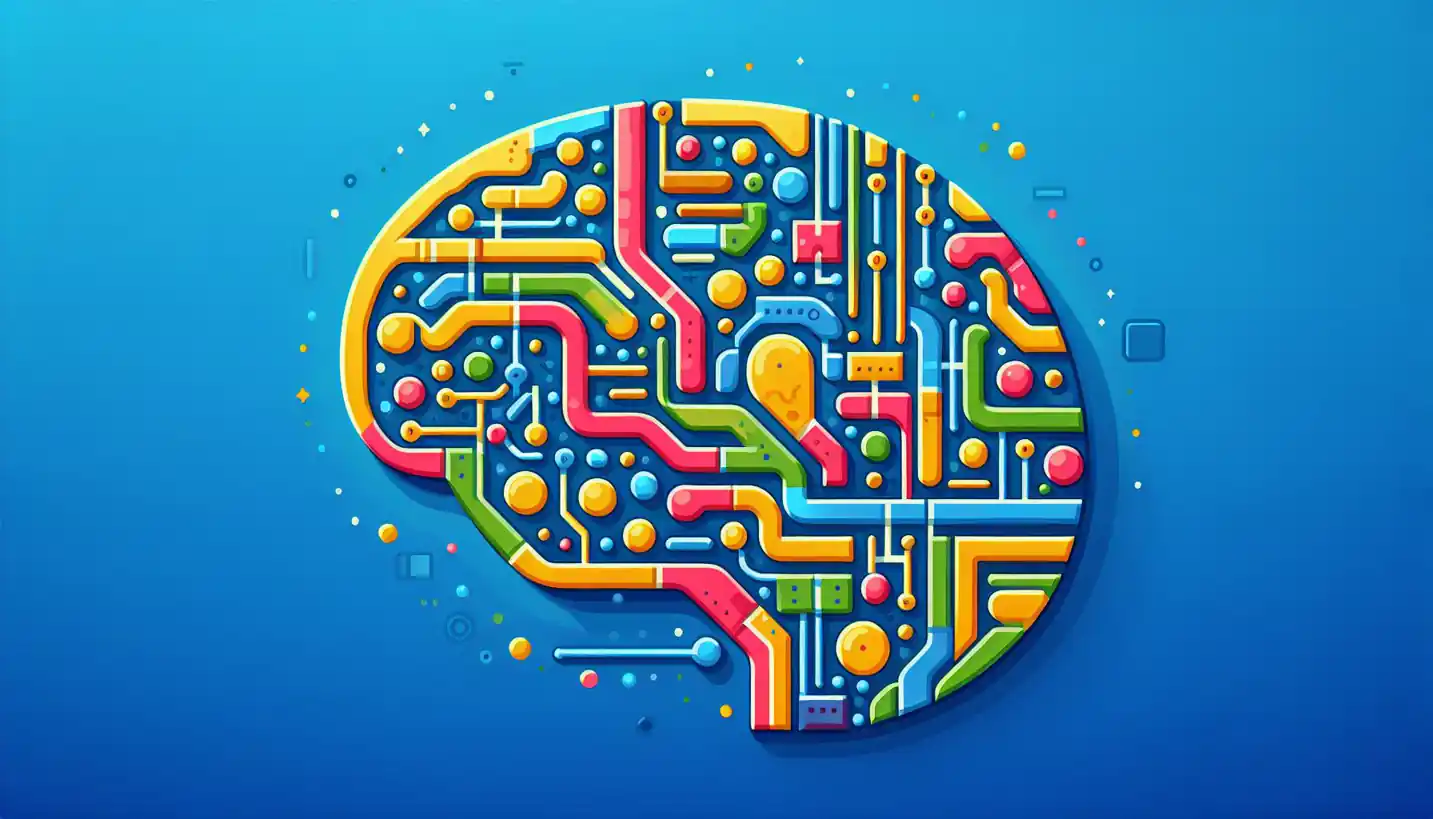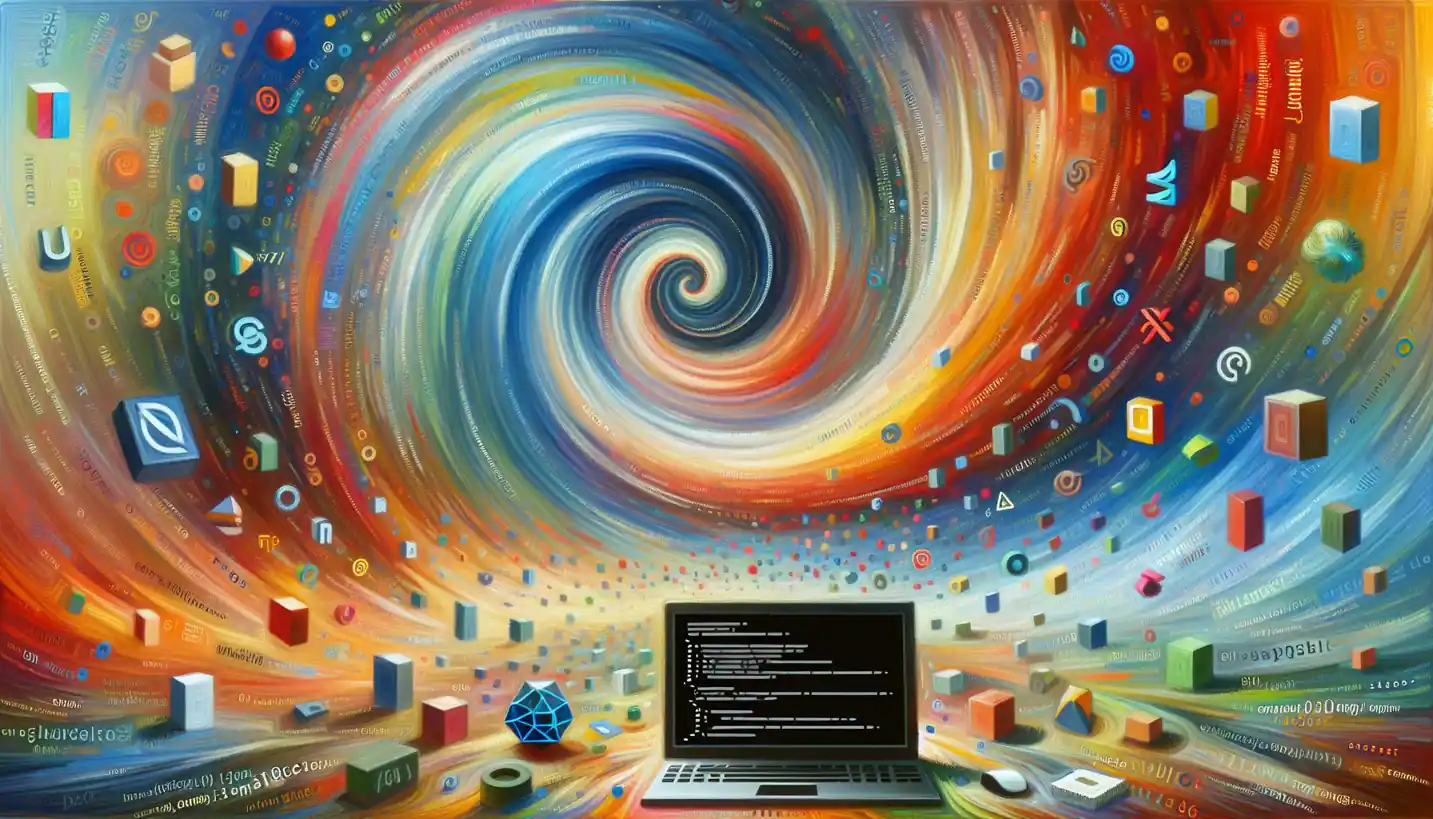· Computer Science · 4 min read
Image Segmentation: A Window into Computer Vision
Image Segmentation is like giving computers a pair of eyes, sorting pixels into meaningful sections. It's a key step in teaching machines to see.

Once upon a time, in the vast realm of computer science, a technique called image segmentation came to life. Computer vision, like teaching machines to see, found this method essential. Imagine if a computer could look at a picture of a crowded beach and pinpoint every sunbather, umbrella, and wave. It’s not magic; it’s image segmentation.
Image segmentation is the art of dividing an image into its various parts or objects. It’s like slicing a pizza into different pieces, each representing a unique topping or flavor. This technique plays a critical role in enabling machines to understand images, making it a cornerstone in technologies like self-driving cars, medical imaging, and object recognition.
The Basics of Image Segmentation
At its core, image segmentation involves breaking down a digital image into segments that can be analyzed more easily. These segments might be as simple as lines, curves, or even complex parts like a human face. Think of it like organizing your sock drawer: grouping similar socks together so you can find them quickly.
Imagine you’re looking at a picture of a forest. To you, identifying the trees, sky, and ground is straightforward. For a computer, this requires understanding which pixel belongs to which object. Image segmentation allows computers to differentiate and process these pixels meaningfully.
Why is Image Segmentation Important?
In the fast-paced world of technology, computers need to “see” and interpret the world as we do. Image segmentation provides a way for machines to catalog and analyze visual data. Let’s take a closer look at where it’s making waves:
Autonomous Vehicles
Picture a self-driving car navigating through traffic. Image segmentation is crucial in helping the car identify and respond to its surroundings. By segmenting the road, vehicles, pedestrians, and traffic signs, the car can make informed decisions quickly and safely.
Medical Imaging
In the medical field, image segmentation helps in analyzing scans such as MRIs or CT scans. By segmenting different tissues, organs, or abnormal growths, doctors can diagnose illnesses more accurately. It’s like giving doctors a high-tech magnifying glass to see the crucial details clearly.
Techniques Used in Image Segmentation
There are several methods to achieve image segmentation. Each has its own strengths, depending on the complexity and requirements of the task. Here are a few popular techniques:
Thresholding
Think of thresholding as setting a cut-off point in a grayscale image. Pixels above a certain brightness level might belong to one segment, while those below belong to another. It’s a simple method, akin to sorting apples by size or color.
Edge Detection
Edge detection highlights the boundaries within an image. Imagine tracing the outline of objects with a marker. This technique helps computers understand where one object ends and another begins.
Region-Based Segmentation
This approach involves dividing an image into regions based on predefined criteria. You can think of it like dividing a garden into plots based on the type of plants they contain. This method provides more meaningful and coherent segments compared to simpler techniques.
Machine Learning and Deep Learning
With advances in technology, more sophisticated methods involving machine learning and deep learning have emerged. These techniques allow computers to learn from large datasets, improving segmentation accuracy significantly. It’s like teaching a dog new tricks—it gets better with practice.
Challenges Faced in Image Segmentation
Despite its advancements, image segmentation is not without challenges. One major hurdle is dealing with variations in lighting, angle, and texture that can confuse computer algorithms. Just as a photographer struggles with bad lighting, segmenting an object correctly can be tricky under changing conditions.
Additionally, segmentation tasks need to be incredibly efficient, especially in real-time applications like autonomous driving. The stakes are high, and every millisecond counts in processing the segmented data for decision-making.
The Future of Image Segmentation
The future holds exciting possibilities for image segmentation. As computers become more adept at mimicking the human brain’s neural networks, their ability to interpret and understand complex images continues to improve.
Potential Developments
One fascinating area of development is in 3D image segmentation. Unlike 2D images, 3D segmentation allows for more accurate and detailed understanding of structures, especially in industries like healthcare, where precision is crucial.
The integration of artificial intelligence with image segmentation will likely bring about innovations we haven’t yet imagined. From enabling robots to perform surgery to creating art, the possibilities are as vast and varied as the imagination allows.
Conclusion: The Significance of Image Segmentation
From helping self-driving cars safely navigate roads to assisting doctors in diagnosing diseases, the importance of image segmentation cannot be overstated. It’s the silent helper in our journey towards intelligent machines, laying the groundwork for a future where technology seamlessly integrates with our daily lives.
And so, as we venture further into the realm of artificial intelligence and machine learning, image segmentation remains a pivotal concept in computer vision, guiding machines to “see” and “understand” the world one pixel at a time.



